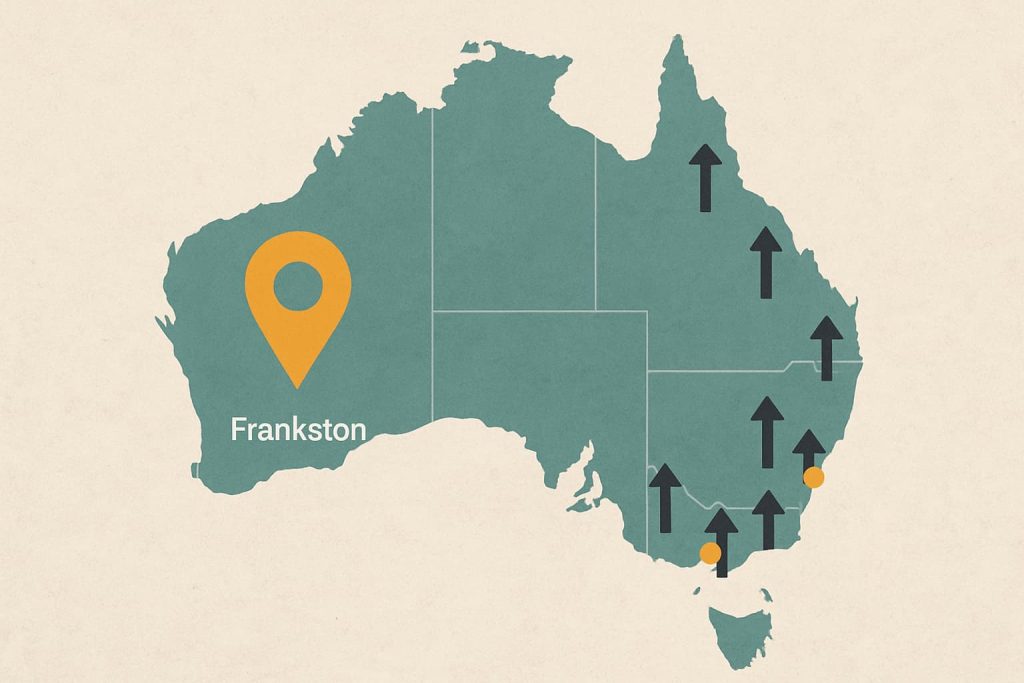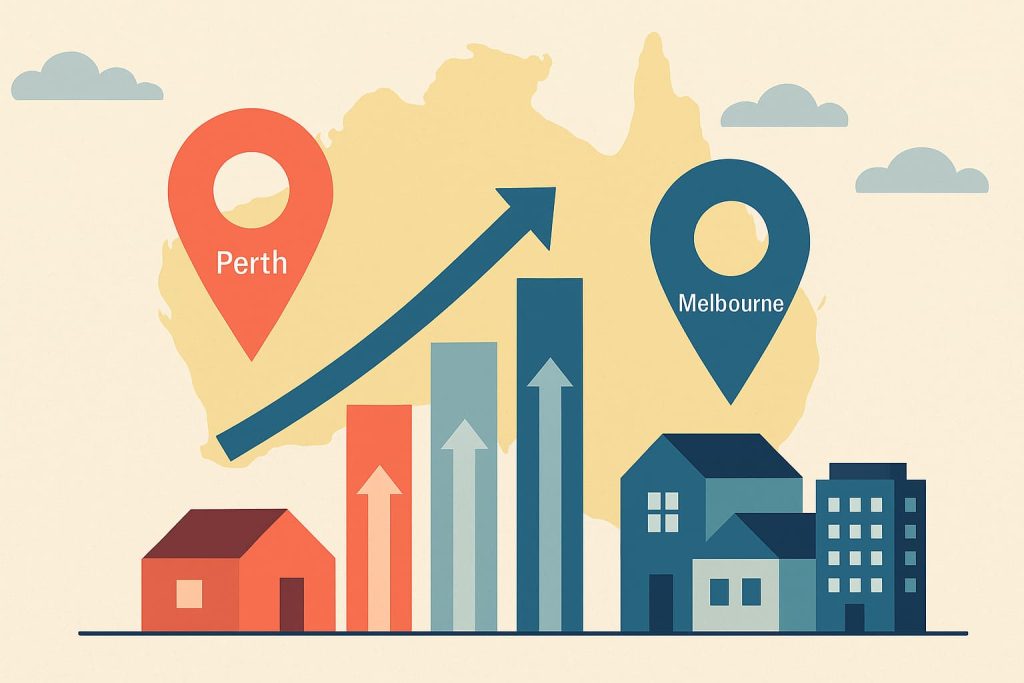The ANZ Bank have tipped Australian house prices to drop nearly 20 per cent before rebounding by around 5 per cent in 2024.
The slump is being driven by the rising Reserve Bank interest rates say ANZ, which is biting into the borrowing capacity of buyers.
The bank’s economists think the RBA will keep lifting the cash rate to 3.35 per cent by the end of the year, which means most variable mortgage rates will be sitting at around 6 per cent.
“We expect capital city prices to fall 18 per cent over the balance of 2022 and 2023, before a 5 per cent gain in 2024 as mortgage rates fall,” reported ANZ senior economists Felicity Emmett and Adelaide Timbrell.
“The biggest factor driving prices lower is reduced borrowing capacity, not a rise in forced sales.
“Arrears rates are coming from a very low base, households have built up large liquidity buffers, and the rise in the share of loans in negative equity is expected to be modest.
“Our forecast for the cash rate to reach 3.35 per cent equates to a reduction in borrowing capacity of nearly 30 per cent.”
Rival major bank the Commonwealth also predicts our house prices to fall by 15 per cent or more but don’t think the RBA will hike rates by quite as much, predicting them to stop at 2.6 per cent.
The ANZ economists pointed to the tight rental market, post-COVID immigration and high employment as factors that will help to fight the decline, but don’t see the market actually turning around until the forecast reduction in interest rates in 2024.
“In 2024, we expect to see the beginnings of a recovery in house prices, alongside cuts in the cash rate in the second half. We expect prices to rise around 5 per cent in 2024,” they wrote.
But right now, it’s not just the big cities of Melbourne and Sydney that are retreating, but the regional property markets are also showing signs they have peaked.
New CoreLogic data reveals falls have begun in the more expensive regional areas, which are the first hit by any reduction in maximum borrowing capacity.
“Typically, markets with a higher median value tend to lead the broader market when shifting through different cycles,” CoreLogic economist Kaytlin Ezzy told the ABC.
“As we move further into the downward phase of the cycle we would expect to see this decline in values to spread into more regional areas.
“It’s possible the regional areas will be slightly more insulated than the capitals, thanks to these markets’ relative affordability and low advertised supply levels.”



